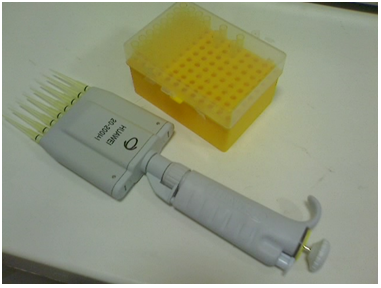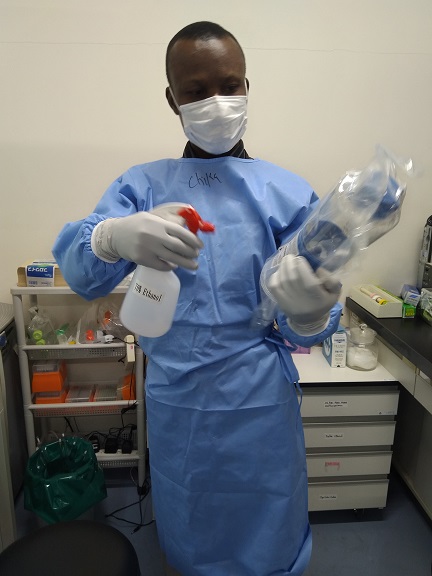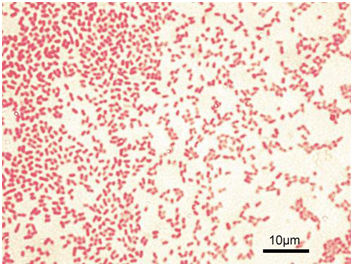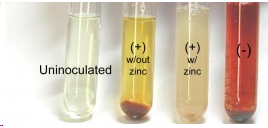CHARACTERISTICS/FEATURES OF ANTIBIOTICS
Antibiotics including antibacterial agents, antiviral agents, antiprotozoal agents, and antifungal agents have some specific characteristics that distinguish them from other antimicrobial agents that are used for the treatment of microbial infections as well as in the control of microbes on inanimate surfaces. Some of these features are highlighted in this unit. References Ashutosh Kar (2008). […]
CHARACTERISTICS/FEATURES OF ANTIBIOTICS Read More »
Antibiotic Resistance / Antimicrobial Resistance (AMR), Antimicrobial Agents & Antibiotics









